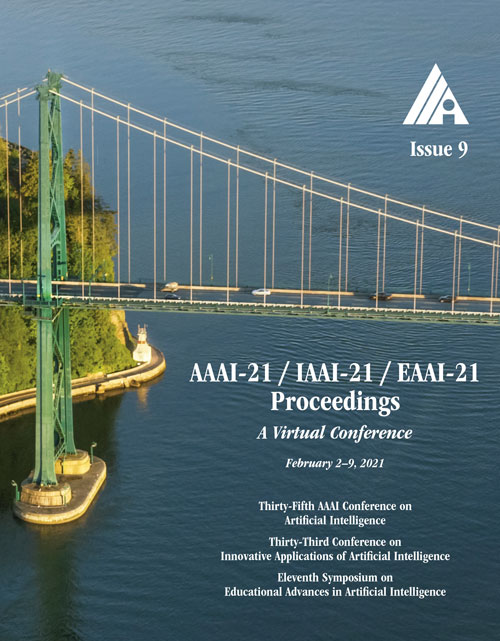Predictive Adversarial Learning from Positive and Unlabeled Data
DOI:
https://doi.org/10.1609/aaai.v35i9.16953Keywords:
Classification and RegressionAbstract
This paper studies learning from positive and unlabeled examples, known as PU learning. It proposes a novel PU learning method called Predictive Adversarial Networks (PAN) based on GAN (Generative Adversarial Networks). GAN learns a generator to generate data (e.g., images) to fool a discriminator which tries to determine whether the generated data belong to a (positive) training class. PU learning can be casted as trying to identify (not generate) likely positive instances from the unlabeled set to fool a discriminator that determines whether the identified likely positive instances from the unlabeled set are indeed positive. However, directly applying GAN is problematic because GAN focuses on only the positive data. The resulting PU learning method will have high precision but low recall. We propose a new objective function based on KL-divergence. Evaluation using both image and text data shows that PAN outperforms state-of-the-art PU learning methods and also a direct adaptation of GAN for PU learning.Downloads
Published
2021-05-18
How to Cite
Hu, W., Le, R., Liu, B., Ji, F., Ma, J., Zhao, D., & Yan, R. (2021). Predictive Adversarial Learning from Positive and Unlabeled Data. Proceedings of the AAAI Conference on Artificial Intelligence, 35(9), 7806-7814. https://doi.org/10.1609/aaai.v35i9.16953
Issue
Section
AAAI Technical Track on Machine Learning II

